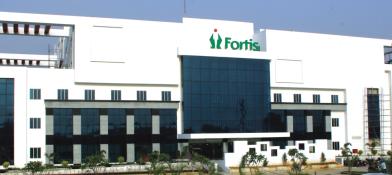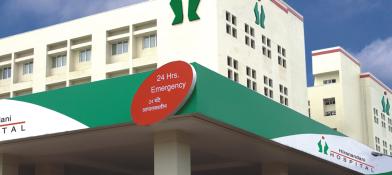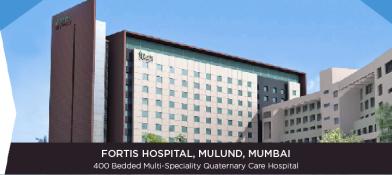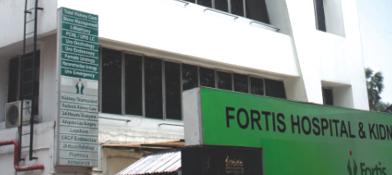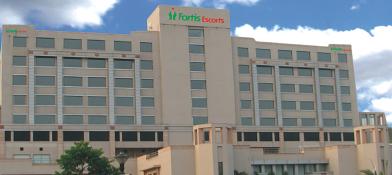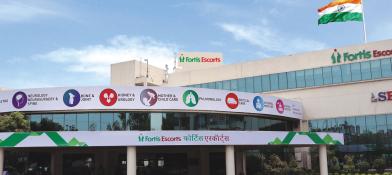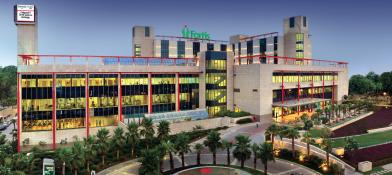Echocardiogram
Overview:
Advancements in medicine have enabled us to glimpse the internal workings of the human heart. The insights have transformed the diagnosis and treatment modules of multiple cardiovascular conditions. Echocardiography is one such procedure. It is a scan that is used to peep into the heart and the surrounding blood vessels. It involves the use of sound waves that create an echo when they bounce off the different parts of the body to generate images of the heart and show the flow of blood. The photos are used to detect any heart conditions and are called echocardiograms.
The procedure helps to find out details such as the heart's dimensions and shape, the heart's strength, the working of the valves, and the presence of any tumor in or around the heart. It is usually carried out by a cardiologist with the help of a sonographer.
Which Heart Conditions Does An Echocardiogram Help Detecting?
- Congenital heart disease.
- Cardiomyopathy.
- Infective endocarditis.
- Pericardial disease.
- Diseases of the valve.
- Aortic aneurysm.
- Blood clots.
- Heart tumors.
Types Of Echocardiography:
There are many types of echocardiograms depending on the patient's medical condition.
- Transthoracic Echocardiography (TTE): This procedure is the most basic and standard and is used to obtain images of the heart non-invasively. It is best suited for initial assessment of the functioning of the heart and diagnostic evaluation. A dye is injected into the heart intravenously to highlight the structures of the heart, and it can be viewed through the images.
- Transesophageal Echocardiography (TEE): If Transthoracic echocardiography does not yield satisfactory results, by providing the necessary details of the heart's working, TEE is used. This procedure is invasive and gives a detailed glimpse into the workings of the heart and the aorta, the body's main artery. The difference is that it generates images of the heart from inside the body through a transducer inserted into the esophagus.
- Stress Echocardiography: Stress echocardiography is carried out before and after physical activity or an exercise in a clinic or a hospital. This technique helps diagnose coronary artery disease and detects how the heart functions under stress.
- Fetal Echocardiography: This procedure is carried out during pregnancy to assess the baby's heart health before birth. The test can be performed on the stomach of the mother or through the vagina.
The Different Methods Used In Echocardiography:
- Two-dimensional (2D) or three-dimensional (3D) echocardiogram: The images provided by this method show the heart walls, valves, and the large blood vessels connected to the heart. A 2D echocardiogram is a standard procedure, while 3DE provides detailed three-dimensional visuals of the heart from multiple angles and allows for a precise understanding of the anatomical abnormalities of the heart as well as correct cardiac measurements.
- Doppler echocardiogram: When the soundwaves bounce off the different parts of the heart and blood cells, they produce different pitches. These changes are known as Doppler signals, which help measure the speed and direction of the blood flow and detect problems in the valves.
- Color flow imaging: This method shows the blood flow in the heart in different colors to identify faulty heart valves and disruptions in the blood flow.
Applications Of Echocardiography:
- Echocardiography can diagnose various heart conditions.
- For patients with with existing heart conditions, echocardiography helps in monitoring disease progression and evaluating treatment efficacy.
- Echocardiography before heart surgery helps identify anomalies in the heart structure and whether the patient is fit enough for surgery.
What Happens During Echocardiography:
Echocardiography is conducted in a hospital or a clinic by specially trained technicians. The procedure usually takes around an hour and involves the following steps.
- The person is asked to lie down on a table in a dark room. A set of electrodes (metal disks) are placed on their chest and connected to an electrocardiograph machine. The machine monitors the heartbeats during the procedure.
- The gel is applied on the chest to allow the transmission of sound waves through the skin.
- The person is asked to hold their breath briefly and change positions to generate more explicit pictures.
- Once the probe or the transducer is placed in various locations on the chest, sound waves are produced, and images are generated on a video monitor and recorded for viewing later by the doctor.
- The doctor interprets the images to evaluate cardiac morphology, chamber dimensions, valve function, and overall cardiac function.
- The findings are documented in a report for deciding on the diagnosis and treatment plan,
Risks and Complications:
- Some patients feel uncomfortable when the probe is pressed against their chest firmly to obtain better-quality images.
- The contrast dye and ultrasound gel used during the procedure can trigger certain allergic conditions like rashes and headaches in sensitive people.
- In the case of transesophageal echocardiography (TEE), there is a chance of injury to the esophagus if the patient is not sufficiently sedated or if the procedure is performed incorrectly.
- Some people may feel dizzy and have irregular heartbeats after a stress echocardiogram.
- There is a chance that some individuals will develop a sore throat after a transesophageal echocardiogram for a couple of hours.
- Echocardiography may not be a preferred option for people with obesity, lung disease, or chest deformities, which can affect image quality.
- Like any diagnostic test, echocardiography may give false-positive or false-negative results, leading to diagnostic inaccuracies requiring follow-up testing.
Conclusion:
Echocardiography is a painless procedure in cardiovascular medicine that offers valuable insights into the structure and function of the heart and is vital to maintaining heart health. The risks involved are very few, and the technique helps professionals deliver effective treatment to people with heart issues to enjoy a better quality of life.














